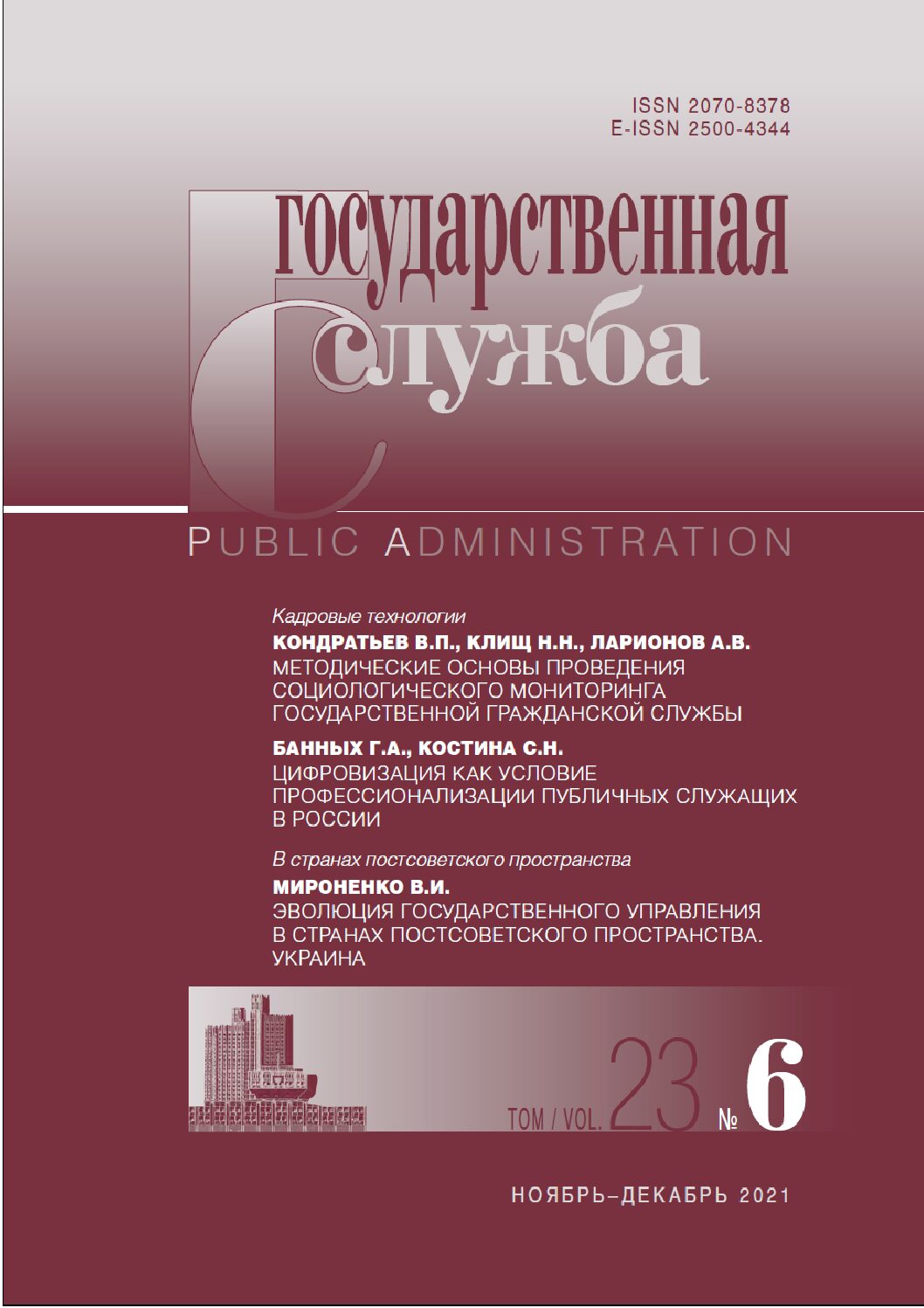Recommended link to article:
VALENTINA VYACHESLAVOVNA KOMLEVAа
MIKHAIL MIKHAILOVICH ASEYKINа
аNational Research Institute for Communications Development
DOI: 10.22394/2070-8378-2021-23-6-50-57
Abstract:
Communication aspects of political life in the society raise the interest of scientists both in Russia and in foreign countries. Throughout history, the relationship between government and society has been regulated by certain norms and rules which have been institutionalized into communication regimes. Although little studied, this phenomenon is an essential element of the socio-political system. The communication regime runs through all areas of communication and regulates the interaction between the various institutions of civil society. The main actors of communication regimes are the government, mass media, civil society institutions, and business. At the moment, there are several areas of research in this field, including the development of methods for analyzing regional communication regimes in the constituent entities of the Russian Federation. The Republic of Tatarstan was chosen as one of the pilot regions specifically; there is already a managed communication regime that provides stability in the region and the functioning of the existing principles of communication between the government and the society. The peculiarities of the communication regime in the Republic of Tatarstan include centralized control over the information field and communication tools, creation of mechanisms for monitoring the dynamics of public opinion and public needs, involvement of civil society institutions in systemic relations with the government through financial and other types of support, inclusion in public chambers and councils, socio-cultural context.
Keywords:
communication regime, power, civil society, actors, information policy, the Republic of Tatarstan
Received:
November 12, 2021
References:
Gaman-Golutvina O.V., Nikitin A.I. Modern political science: Methodology. The second edition, revised and updated. Moscow: Aspekt Press, 2019. In Russian
Khaliy I.A. Power and society in the regions of Russia: practices of interaction: a monograph. Moscow: Institut sotsiologii RAN, 2015. In Russian
Kuzmin A.S., Melvin N.J., Nechaev V.D. Regional political regimes in post-Soviet Russia: an essay of typology. Polis. Politicheskiye issledovaniya. 2002. No. 3. P. 142–155. In Russian
Salagaev A.L., Sergeev S.A. Regional elite of the Republic of Tatarstan: structure and evolution. Politiya. 2013. No. 2. P. 74–85. In Russian
Sheveleva Yu.R. Communication regime as a factor of reproduction for political power. Voprosy politologii. 2021. No. 9. P. 2535–2551. In Russian
Shtrikov S.A. Electronic portals of executive bodies of state power of the subjects of the Russian Federation as communicative tool: the results of empirical research. Upravlencheskoye konsultirovaniye. 2020. No. 3. P. 24–38. In Russian
Solovyov A.I. Political agenda of government, or why the state needs the society. Polis. Politicheskiye issledovaniya. 2019. No. 4. P. 8–25. In Russian
Turovsky R.F. Regional political regimes in Russia: to the methodology of analysis. Polis. Politicheskiye issledovaniya. 2009. No. 2. P. 77–95. In Russian
Статьи в режиме Open Access публикуются в соответствии с лицензией Creative Commons Attribution 4.0 International (CC BY).

